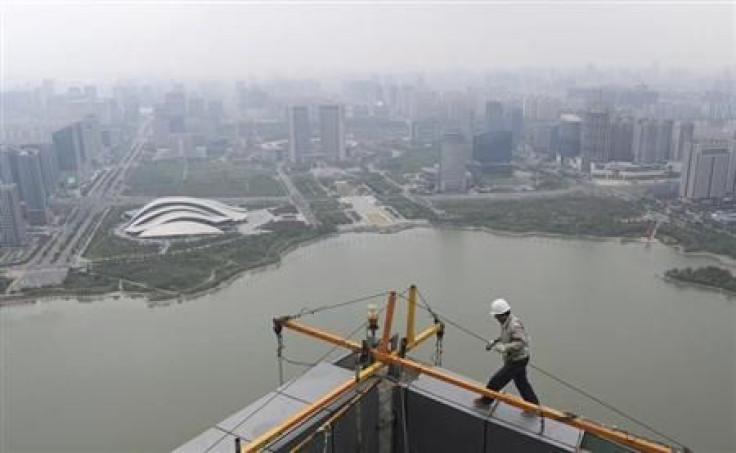China Overinvests In Its Inland Provinces But It Hasn't Generated Strong Growth

Over the past decade, China has invested heavily in the poorer, inland provinces from which much of its coastal boomtowns’ factory forces come.
But a new report from Morningstar found that the investments, which accounted for 68 percent of gross domestic product in those regions, has not generated strong economic growth.
“Building more golf courses in a poor country might deliver a temporary boost GDP, but it’s economically value-destructive unless those new courses attract a sufficient number of players,” Daniel Rohr, Morningstar’s basic material strategist, wrote in the report.
Why is that?
So, despite massive projects and investments, poorer regions have remained poor, the report said. And, though China is a “solidly middle income” state by the World Bank’s definition,
“[China] invests an enormous amount by middle income standards, or any standard for that matter,” Rohr wrote. “While most of the middle income world is content to pick fruit within reach, China is shaking loose everything it possibly can.”
Outside of the poorer provinces’ ever-growing outlays on infrastructure, real estate and other physical capital, the provinces “haven’t generated much in the way of economic growth,” the report found. Investment shares of GDP exceed 70 percent in many cases.
Consumption, the report said, has “a lot of catching up to do” to make up for the huge amount of capital sunk into the inland regions over the past 10 years.
“If China continues to invest more than it consumes – something it does that no other major economy does – excess capacity will continue to grow, extending further into the future the time when consumption will ultimately ‘catch-up,’” Rohr said.
At the report’s conclusion, Rohr said China’s years of debt-fueled investment created “a bit of a hangover,” as the economy slowed.
“When the headache came on, the government took another shot of the strong stuff,” Rohr wrote. “We worry that while everything felt a bit better for a little while, this policy will only serve to make the hangover worse.”
In other words, slow down on that inland investment so the poorer parts of the world’s second-largest economy have time to grow into themselves.
© Copyright IBTimes 2024. All rights reserved.












